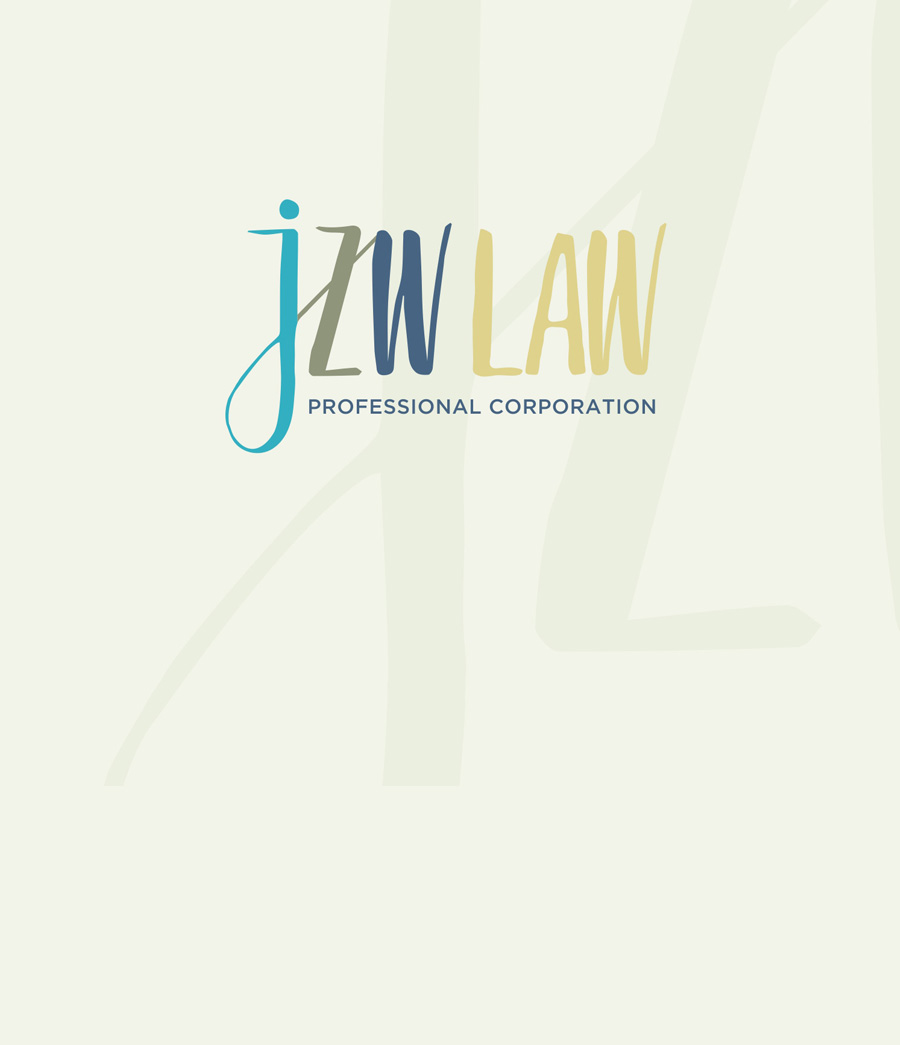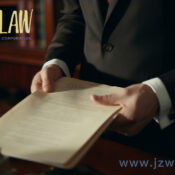
How to protect personal assets in high-net-worth divorce? 5 legal strategies to avoid being “left with nothing”
In high-net-worth divorce cases, the common property of the couple often involves complex forms such as corporate equity, trust assets, and cross-border real estate. Although the Ontario Family Law Act in Canada follows the “joint system of income during marriage”, personal assets can be effectively isolated through professional legal strategies. This article combines judicial practice to analyze five core protection strategies to help high-net-worth people avoid the risk of “excessive division”.
I. Prenuptial Agreement and Postnuptial Agreement: Building a Legal Barrier for Asset Protection
The most direct means of protection is to clarify the ownership of property through a written agreement. Canadian law fully recognizes the validity of prenuptial agreements and postnuptial agreements, provided that:
- Both parties disclosed all asset and liability information when the agreement was signed
- Each party shall independently hire a lawyer to provide legal advice and keep it on record.
- The content does not violate public policy (e.g. a clause that deprives a spouse of basic living security is invalid)
Key terms design:
- Clearly list the personal assets before marriage (such as equity, trust shares, overseas real estate), and stipulate the ownership of the increased value after marriage (such as “the equity of ABC Company held before marriage and its increased value will belong to one party personally”)
- Setting the scope of exclusions from marital common property (e.g. “property inherited or donated by one party is not included in the division”)
- Agree on the method of property valuation in case of divorce (such as appointing a third party to assess the value of corporate equity)
▶ Ontario case: Chan v. Chan (2024)
The man signed an agreement before marriage, stipulating that “after marriage, each party’s income will belong to the individual, and the marital residence is converted from the man’s pre-marital property and will not be divided during divorce.” The court determined that the agreement was valid and the woman only obtained her personal assets after marriage, and did not claim the man’s corporate equity and the appreciation of the pre-marital property.
II. Asset Isolation: Avoid Mixing Personal and Common Property
High net worth individuals need to establish a strict financial isolation mechanism to prevent their personal assets from losing their independence due to mixing:
- Independent account management: – Personal savings and investment accounts before marriage must be kept separate to avoid mixing with joint income after marriage – Inheritance/gift property obtained after marriage (such as transfers from parents) must be noted with the purpose of funds and deposited in a separate account (with gift contracts or will clauses)
- Publicity of physical asset registration: – Real estate and vehicles purchased before marriage are registered under the individual’s name. If the spouse’s name is added after marriage, it must be clearly agreed to be “shared” and the shares must be indicated (such as 90% for the man and 10% for the woman) – In the corporate equity structure, assets are held through a limited liability company (LLC) or a family trust to avoid confusion between personal and corporate finances
- Use of trust tools: – Establish an irrevocable trust to transfer assets to the trust, and designate the beneficiaries as children or third parties. Since the trust property does not belong to the common property of the couple, it does not need to be divided in the event of divorce – The Canadian court clarified in Smith v. Jones that if a family trust is established before marriage and the spouse does not participate in the management, its assets and income belong to the trust setter personally
III. Corporate Equity and Commercial Interest Protection: Burden of Proof and Value Assessment
For operating assets, personal contribution and asset independence must be proven through legal means:
- Distinguish the time and nature of equity acquisition: – Equity held before marriage: provide company establishment documents and equity purchase agreement to prove that there is no appreciation due to joint labor after marriage (if only passive shareholding without participation in management, the appreciation is “passive appreciation” and belongs to the individual) – Establish a company after marriage: If the spouse does not participate in management, the equity can be claimed as personal property (shareholders’ meeting records, financial statements, etc. are required to prove that the spouse has no substantial contribution)
- Professional evaluation and evidence: – Entrust a Chartered Business Valuer (CBV) to evaluate the company’s net assets and goodwill, and clarify the added value during the marriage – Preserve business decision documents (such as board resolutions, major contract signing records) to prove that the company’s development mainly depends on personal ability rather than the joint investment of the couple
▶ Practical points: If a spouse participates in business management, his or her labor may be deemed a joint contribution, and an agreement must be reached to stipulate “management remuneration” instead of equity division to prevent the equity from being included in the common property.
IV. Cross-border asset planning: coping with legal conflicts in multiple jurisdictions
- Agreement on applicable law:
– In the prenuptial agreement, specify that “the division of overseas assets shall be subject to the laws of the country where the assets are located” (e.g. the division of Chinese real estate shall be subject to the Civil Code of the People’s Republic of China)
– Use the Hague Convention on Matrimonial Property Agreements to enhance the enforceability of the agreement in the contracting states. - Tax and compliance isolation:
– Offshore accounts must prove that the source of funds is personal property before marriage or income from independent business operations to avoid asset confusion due to tax residency identification
– Cross-border investments are held through holding companies (such as setting up SPVs in the Caribbean), using international treaties to reduce the risk of property being identified as common assets - Document compliance certification: – Documents proving overseas assets (such as US property certificates and Hong Kong bank statements) must be notarized locally and certified by the Canadian Hague (Apostille) to ensure that they are accepted by the court in divorce proceedings
V. Litigation Strategy: Burden of Proof and Choice of Dispute Resolution Method
In divorce proceedings, reasonable strategies can minimize the risks of asset division:
- Actively provide evidence of personal property scope:
– Submit pre-marital property list (with purchase contract, payment voucher), independent account flow (recent 5 years), asset registration certificate and other evidence
– Require the spouse to bear the burden of proof for the joint property claimed (such as “Please provide proof of your contribution to the trust assets”) - Choose non-litigation solutions:
– Negotiate the division plan through mediation or collaborative law to avoid public trials that may lead to the disclosure of trade secrets (such as company valuation details)
– In mediation, an “asset swap” plan can be proposed (such as one party obtains domestic real estate and the other party obtains equivalent overseas financial assets) to reduce the pressure of cash compensation - Apply for a temporary injunction:
– If you find that your spouse has signs of transferring assets (such as suddenly selling shares or canceling accounts), immediately apply to the court for a freezing order to prevent improper disposal of assets
concluding remarks
Asset protection for high-net-worth divorces is a comprehensive project involving law, finance and taxation, and the core lies in “pre-planning is better than post-relief”. The scope of common property identification can be effectively reduced through clear boundaries in prenuptial agreements, asset isolation through trust structures, cross-border compliance planning and accurate evidence in litigation. It is recommended to entrust a family lawyer with an international perspective during the continuation of the marriage relationship, regularly review the asset structure, and ensure maximum protection of personal wealth within the legal framework. When handling such cases, Canadian courts focus on the integrity of the chain of evidence and the compliance of legal forms. The use of professional strategies is the key line of defense to avoid the risk of “leaving the house empty-handed”.
(Legal basis for this article: Sections 5, 6, and 16 of the Ontario Family Law Act; Sections 89-92 of the Canadian Conflict of Laws Act; and relevant cases of the Ontario Court of Appeal)
JZW Law has an experienced team of high net worth divorce lawyers. They are fluent in both Chinese and English and provide professional legal services. We specialize in handling complex property division, corporate equity, trusts, overseas assets and other related issues. We provide initial consultation services, and you are welcome to contact us for more information or to schedule a consultation.
最新文章
标签





